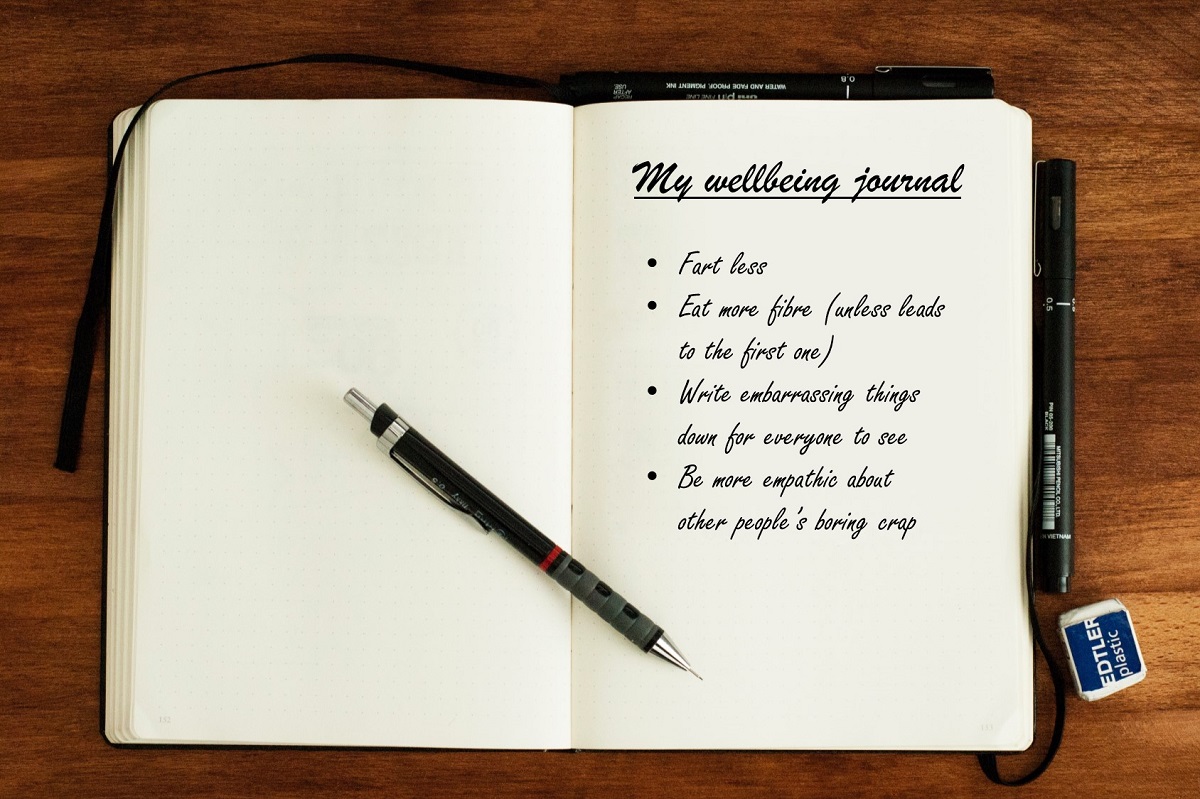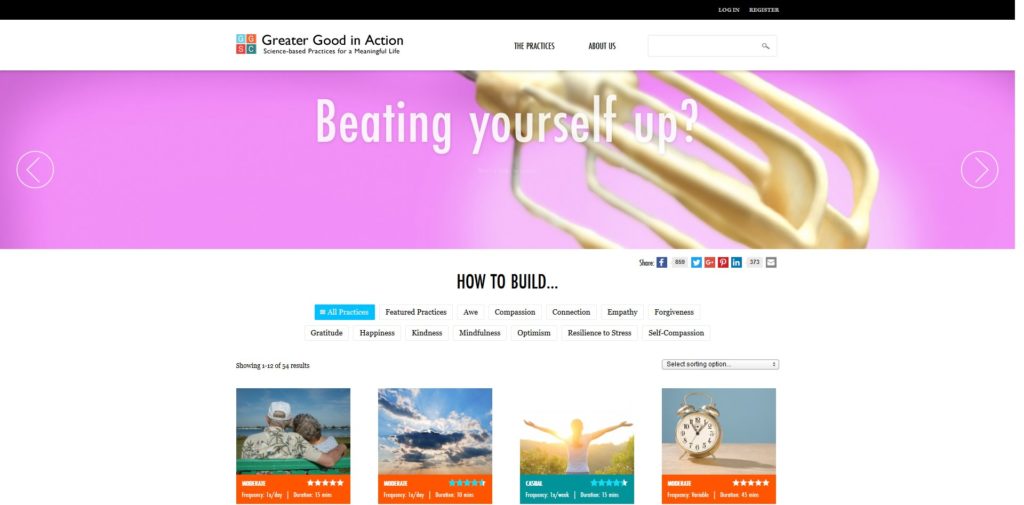
Building well-being is something you have to work at.
It is why I use the ‘mental fitness’ analogy when speaking about well-being nowadays, because like physical fitness, if you want it, you have to work for it.
I don’t discount that sometimes big shifts in perspective can come from single events – light bulb moments where your view of the world is shifted radically in a short period of time, and this new perspective resonates positively through the rest of your life. But I reckon these are few and far between. Also these realisations often still require ongoing effort to implement in a meaningful way.
Therefore most significant personal psychological change and growth requires work, discipline and practice, in the same way that health improvements require regular exercise, a good diet and plenty of sleep.
That is why I get a little bit excited when I find online resources, focused on well-being, that are skill-based. Sites that tell you how to achieve greater psychological well-being.
Welcome to the Greater Good in Action website

The Greater Good in Action website is the result of a collaboration between the Greater Good Science Center at the University of California, Berkeley and Hope Lab
Both groups are interested in taking lessons from research and applying those to improving people’s health and well-being.
The Greater Good in Action website does this by describing a range of practices that individuals can engage in that have been shown, in research studies, to improve social and emotional well-being.
At the time of writing this, there are 54 practices described, designed to build awe, compassion, connection, empathy, forgiveness, gratitude, happiness, kindness, mindfulness, optimism, resilience to stress and self-compassion.
For any given practice, they describe:
- How to do it (including time required)
- Why you should do it – i.e. the potential benefits
- The evidence that it works – namely the studies that have shown the practice to have positive impacts
- Why it works – i.e. what the practice changes in you that might lead to the benefits
- Sources – where the practice originates
You can read practices directly on the website, print them off, or save as a pdf.
There are 3 core ways to interact with the site
- access the practices in a haphazard way, when you feel like, and try them out. Use this option if you feel like you are a bit too cool to be part of a lame well-being site.
- subscribe to their newsletter and get practices delivered to you on a monthly basis. Use this option if receiving emails still gives you feelings of warm fuzzies.
- register with the site and save specific practices to your own personal account so you have a collection of practices suited to your own personal goals.
The site is very well built and easy to navigate.
There are places to rate individual practices, share them on social media and leave comments directly.
I strongly encourage you to take a look.
My only criticism? Well-being sites always have super cheesy images of mountains and hand-holding and people picking fruit. The reality is a little more gritty. For example, I am currently trying some of these practices in my office, slouching, unshaven, with my shirt covered in crumbs from the bag of chips I just ate.

